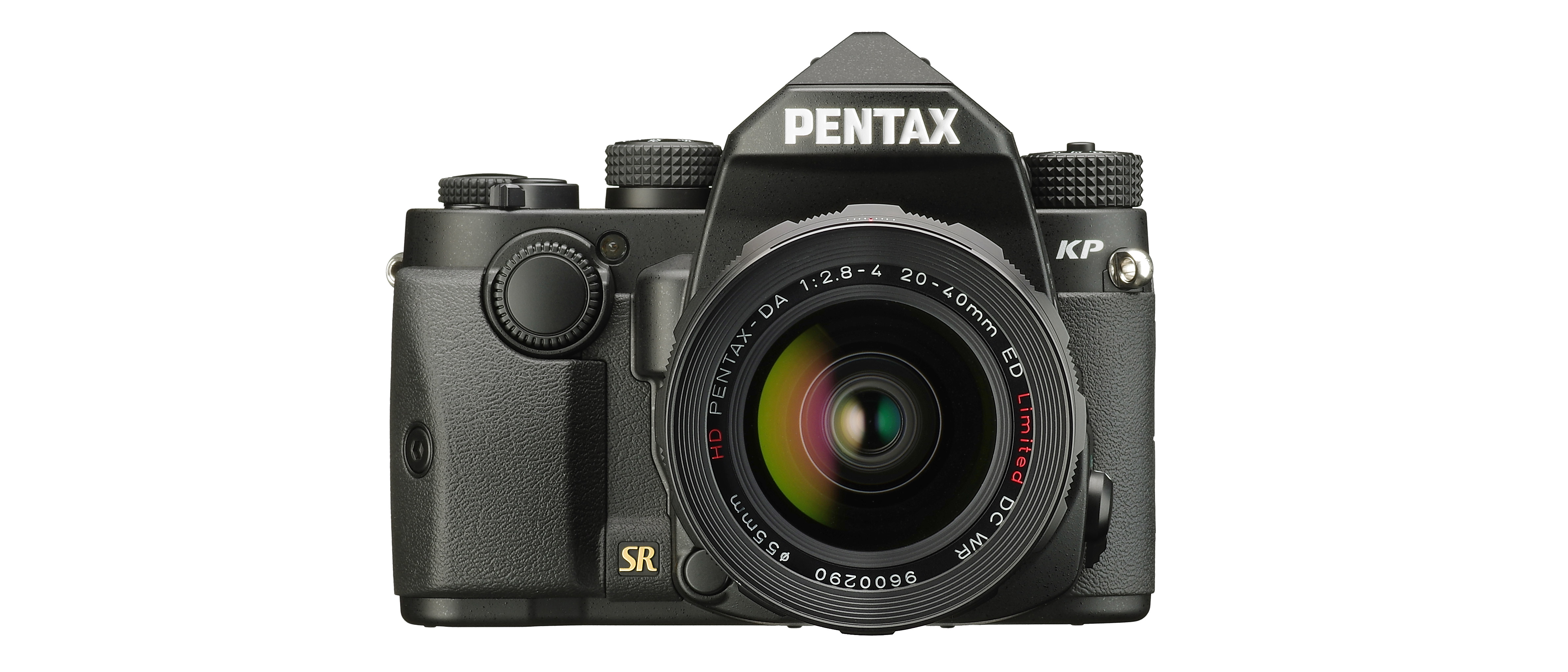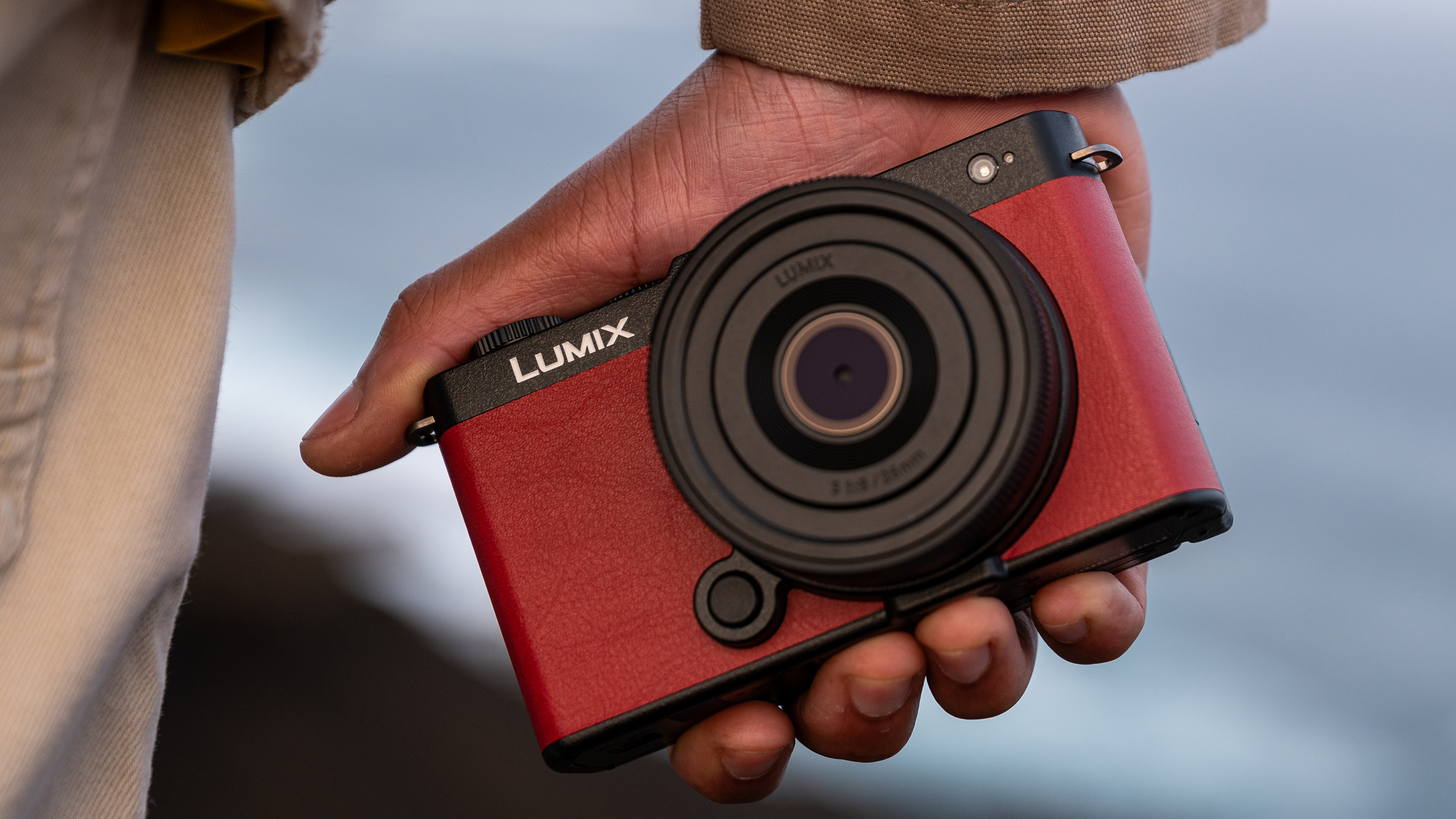Digital Camera World Verdict
The Pentax KP is an interesting camera, but it lags behind the cheaper K-70 in a couple of key areas and doesn’t deliver enough to justify its much higher price. It’s compact, sturdy and packed with photographic features, but we’re left thinking Pentax should now invest in rationalising and modernising its lens range, not launching new cameras.
Pros
- +
Tough, weatherproof construction
- +
In-body image stabilization
- +
ISO 819,200 maximum
Cons
- -
Expensive compared to the K-70
- -
No hybrid AF system
- -
Weak battery life for a DSLR
Why you can trust Digital Camera World
The KP’s headline specification is its maximum ISO 819,200 sensitivity setting. You also get Pentax’s SR Shake Reduction System II system; a high-resolution Pixel Shift mode; an anti-aliasing filter ‘simulation’; and a magnesium alloy body with 67 seals to make it dustproof, weather-resistant and ‘freezeproof’ down to -10°C.
The KP also offers a range of interesting photographic options, including depth of field bracketing and motion (shutter speed) bracketing with no exposure shift. Pentax may seem a minority DSLR brand in today's market, but it does have the support of a growing list of Pentax lenses to go with it.
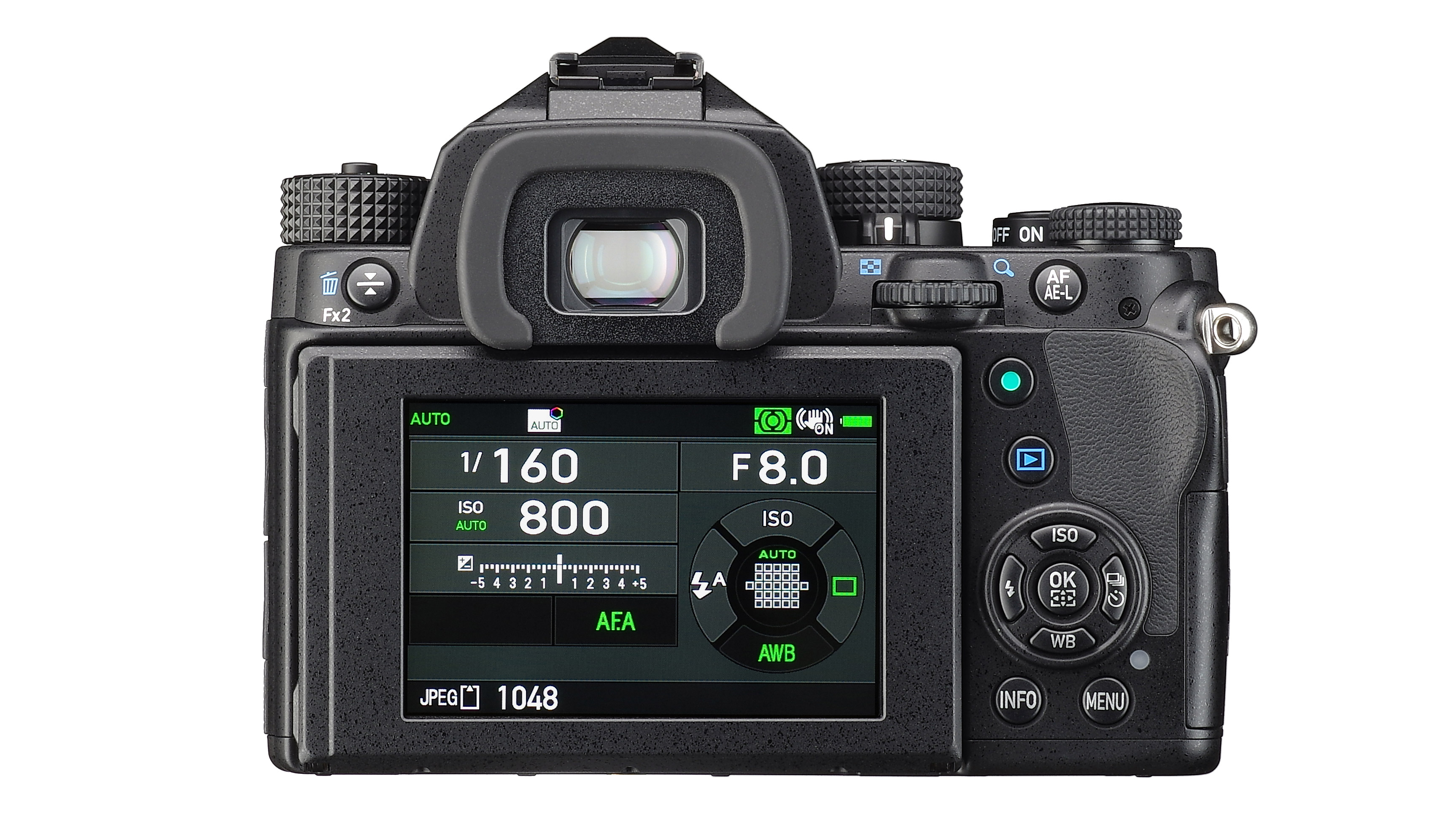
Build and handling
The KP has no fewer than three control dials: one each on the front, the top and the rear. The top dial works alongside a Smart Function dial for access to HDR capture, auto-exposure metering, continuous shooting and three custom user modes.
The front-mounted dial gives the KP a unique look, but it also compromises the height of the grip, so you might find your hold on the camera isn’t as good, especially as you turn the dial. If you don’t like the size or the feel of the grip, you can change it for one of two others.
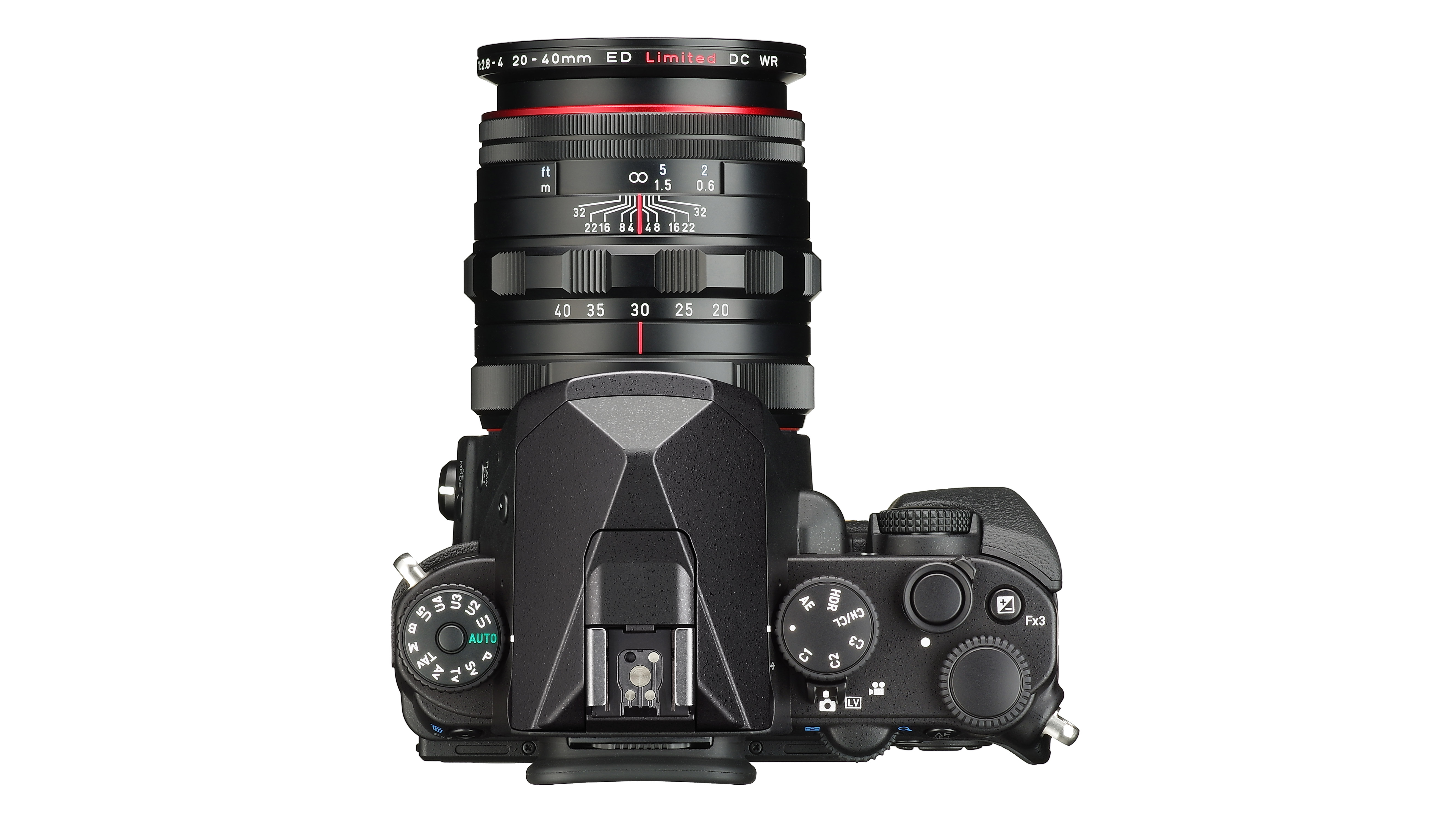
Performance
Our KP was supplied with a Pentax 20-40mm f/2.8-4 ED ‘Limited’ lens, which highlights the variation in autofocus performance across the Pentax range. This lens has a built-in autofocus motor, but it’s quite noisy.

The Pentax KP produced good exposure, white balance and colour rendition. It delivers better quality at higher ISOs than you’d expect from an APS-C sensor; shooting in the DNG format, however, the top three sensitivity settings were spoiled by noise and a strong magenta cast.
The quoted 390-shot battery life seems like a disappointment in a digital SLR camera – although it probably will outperform many similar-priced mirrorless camera rivals.
Specs
Pentax KP specifications
Sensor 24.3MP APS-C format CMOS
Lenses Pentax KAF2
Memory SD/SDHC/SDXC (UHS-I)
Viewfinder Optical pentaprism, 100% coverage
Max video resolution Full HD (1,920 x 1,080) at 60i, 50i, 30p, 25p or 24p
ISO range 100-819,200
Autofocus points 27 (25 cross-type)
Max burst rate 7fps
LCD screen 3in tilting, 921k-dot LCD
Shutter speeds 1/6,000 sec to 30 sec, Bulb; electronic shutter to 1/24,000 sec
Weight 703g (with battery and memory card)
Dimensions 132 x 101 x 76mm
Power supply D-LI109 lithium-ion battery, 390 shots
Lab tests
Pentax KP lab tests
We use Imatest and DxO Analyzer hardware and software to test cameras for their color accuracy (color error) signal to noise ratio (the amount of noise in the images) and dynamic range (their ability to capture detail in very bright and dark areas). We also pick three rival cameras to test them against.
Color error
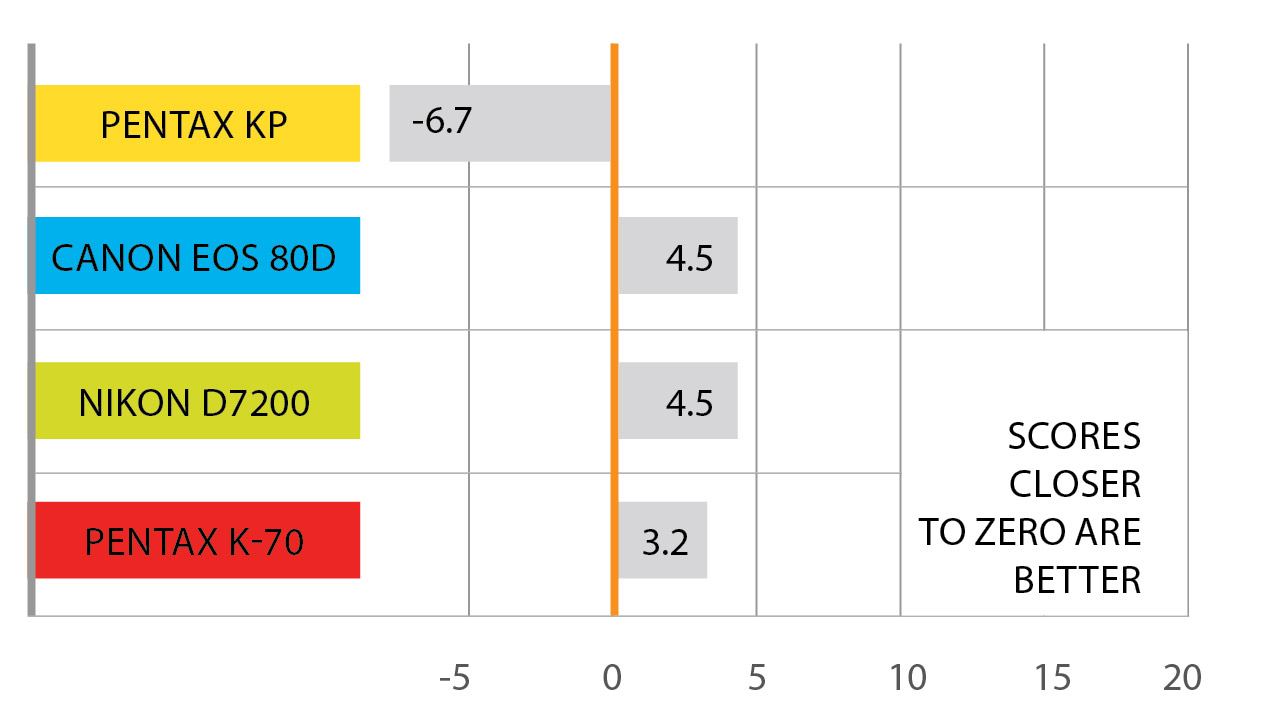
We compared the KP against the Canon EOS 80D, the Nikon D7200 and Pentax’s own K-70. The KP narrowly loses out to the rest, but the difference is not serious.
Signal to noise ratio
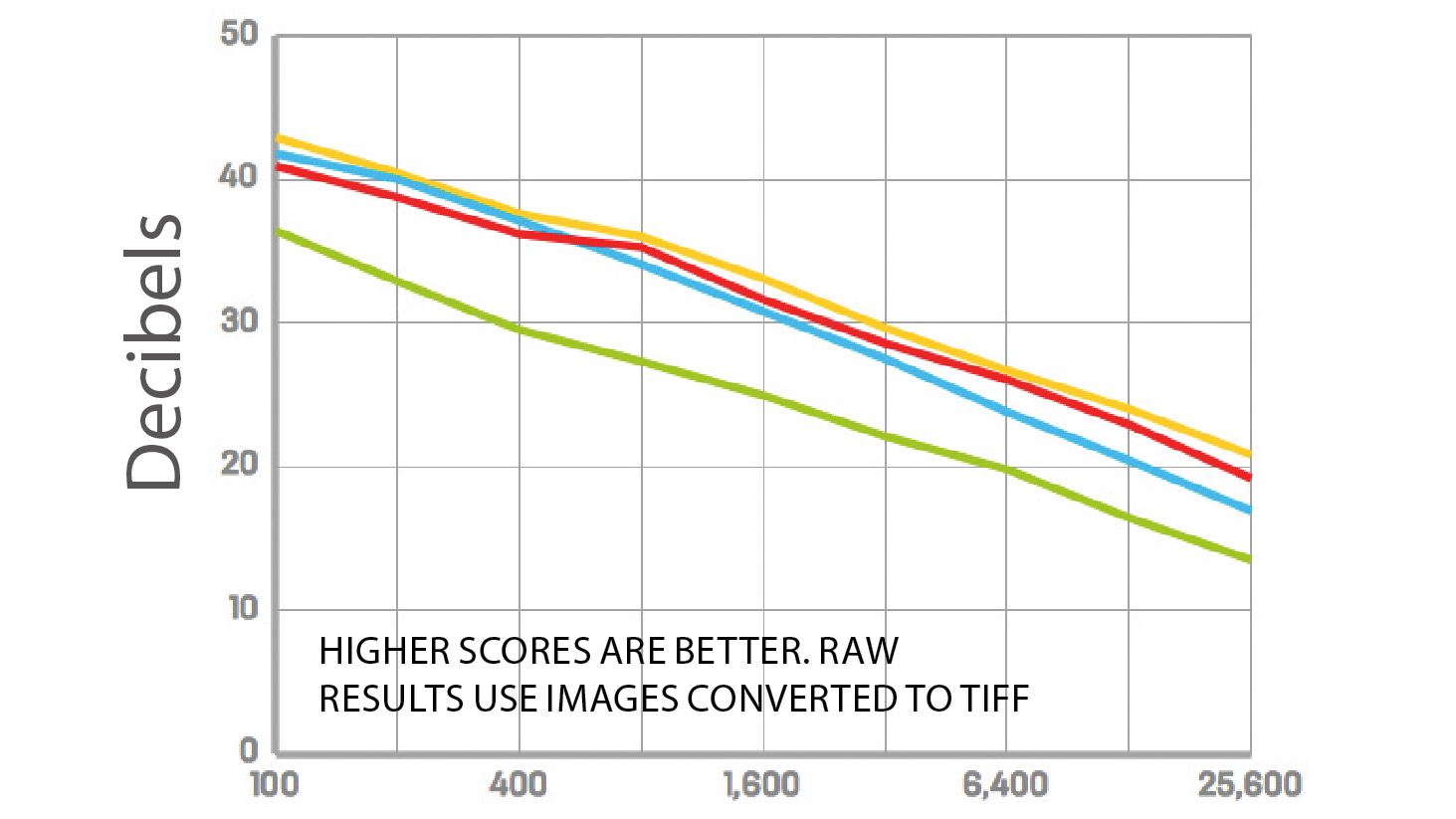
The KP performs well in the lab. Real-world tests confirm that even if the highest settings are unusable, the results are above average further down the ISO range.
Dynamic range
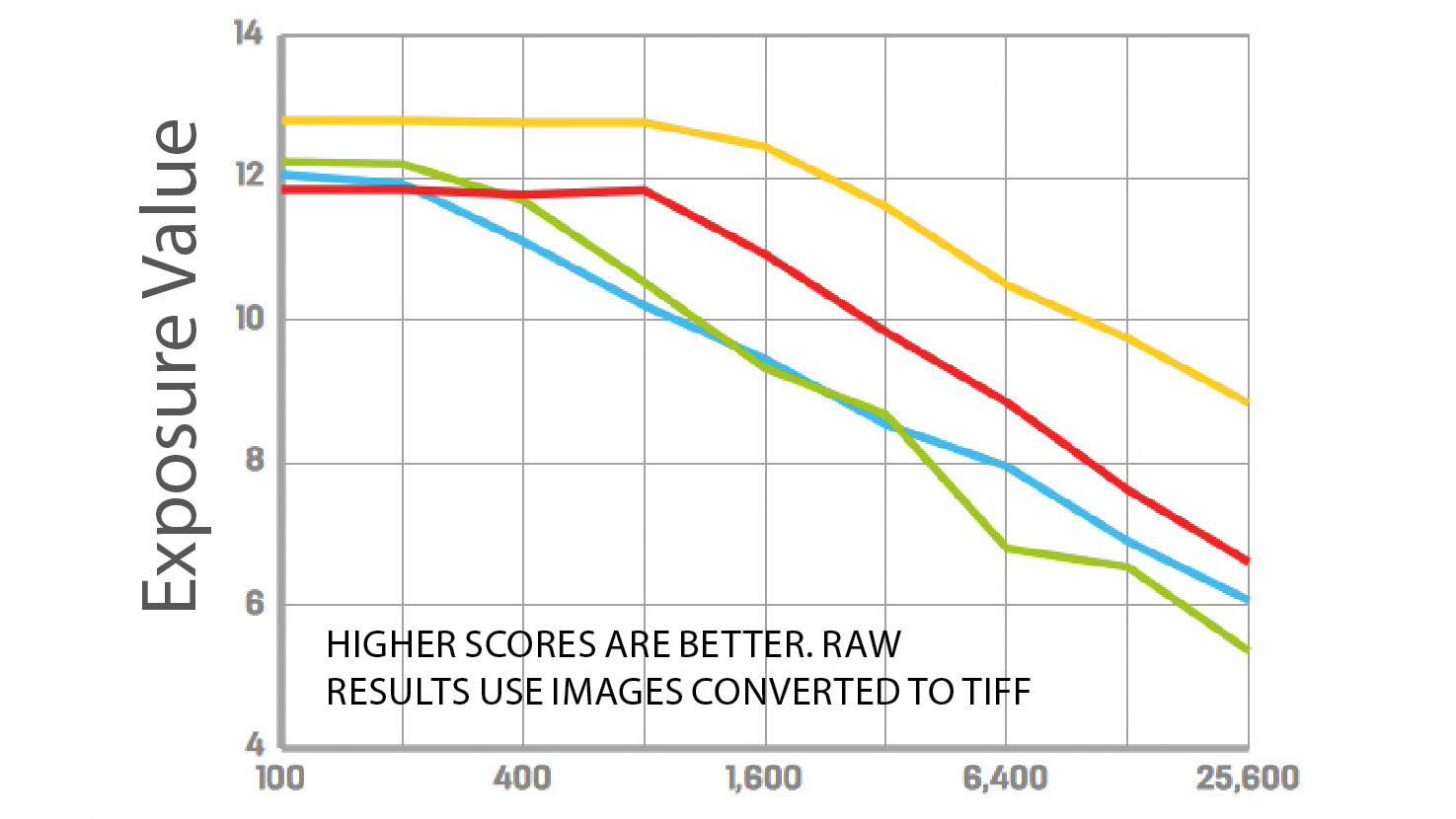
Dynamic range is the KP’s strong point – especially at higher ISO settings, where it beats its rivals by progressively larger margins as the ISO setting is increased.
Verdict
Pentax KP verdict
The KP is an interesting camera, but it lags behind the cheaper K-70 in a couple of key areas and doesn’t deliver enough to justify its much higher price. It’s compact, sturdy and packed with photographic features, but we’re left thinking Pentax should now invest in rationalising and modernising its lens range, not launching new cameras.
Pentax KP competition

It’s the enthusiast’s Canon with almost everything, including an articulating screen, Dual Pixel CMOS autofocus and a 24.2MP APS-C format sensor.
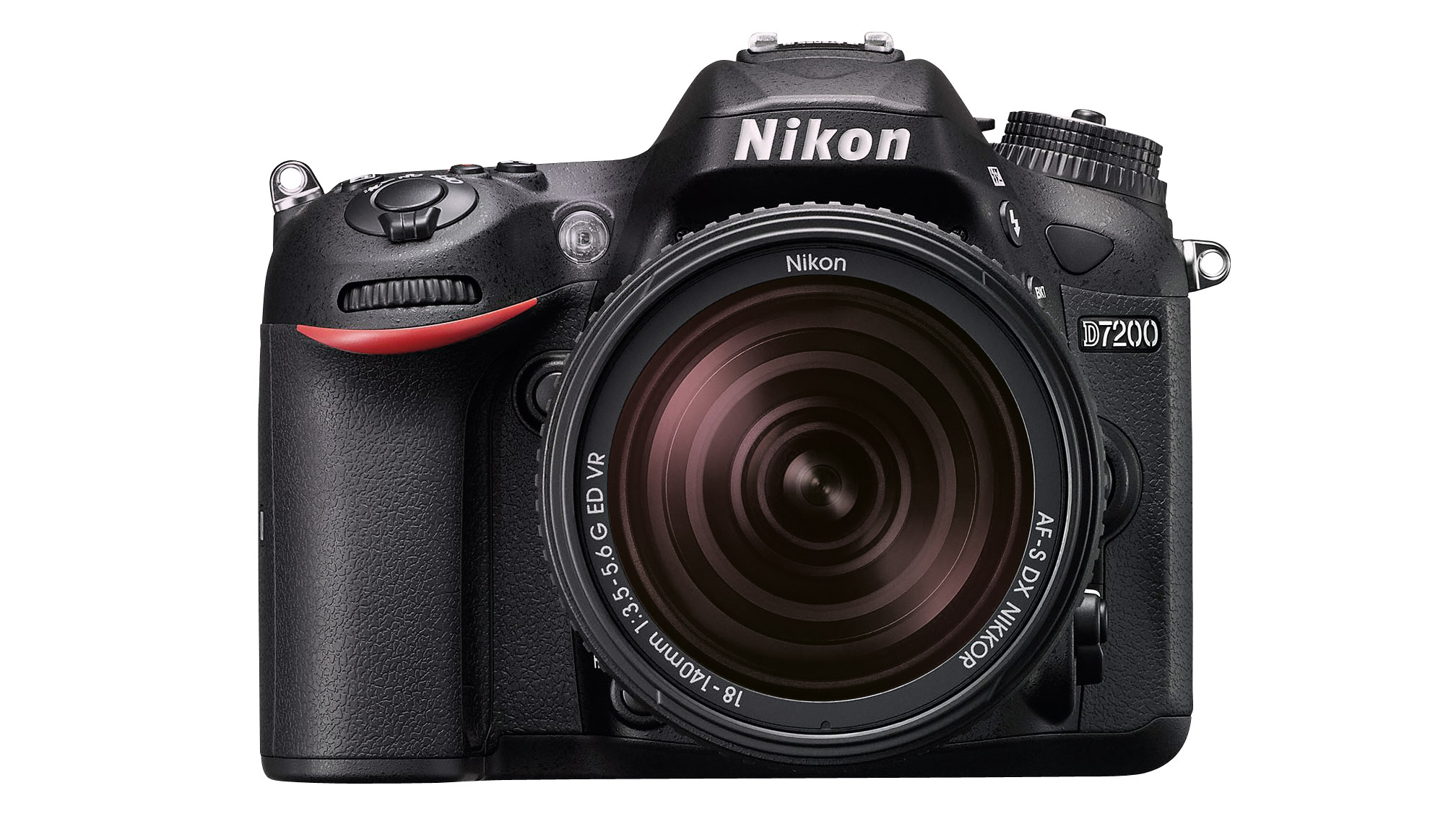
Nikon’s chunky and strong enthusiast DSLR combines no-nonsense controls with a top-class 24MP non-anti-aliased image sensor.
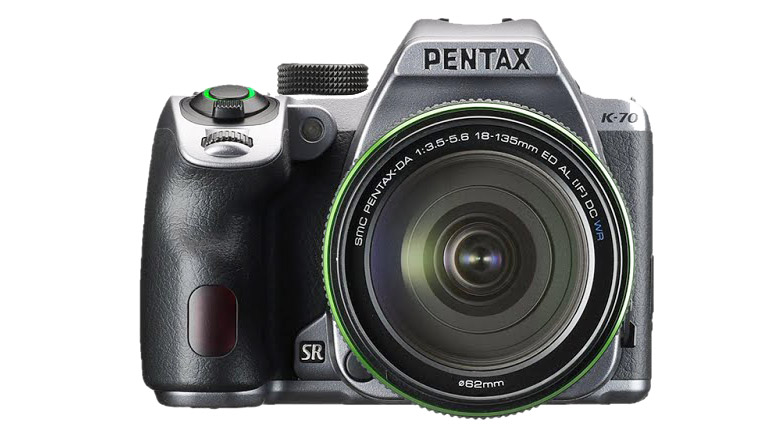
It’s little more than half the price of the KP, but it beats it with an articulated rear screen and hybrid AF, and gives surprisingly little away elsewhere.
Read more:
• The best Pentax lenses to choose right now
The sister print publication to this website, Digital Camera Magazine is Britain's best-selling photography publication – and it can also be purchased outside the United Kingdom as Digital Camera World.
Digital Camera Magazine is packed with more expert advice and more inspirational images than any other title, with the sole aim of helping you become a better photographer. Every issue we also bring you a selection of great gifts which are designed to help you get more from your photography – everything from tips cards and cheat sheets to free software and bookazines.
In addition to inspirational images, interviews, projects, mini tests and tutorials, each issue is packed with news, reviews and comparisons, as well as photographer vs photographer shootouts and head-to-head challenges using the best photo editing software.
The magazine is captained by Editor Niall Hampton.
